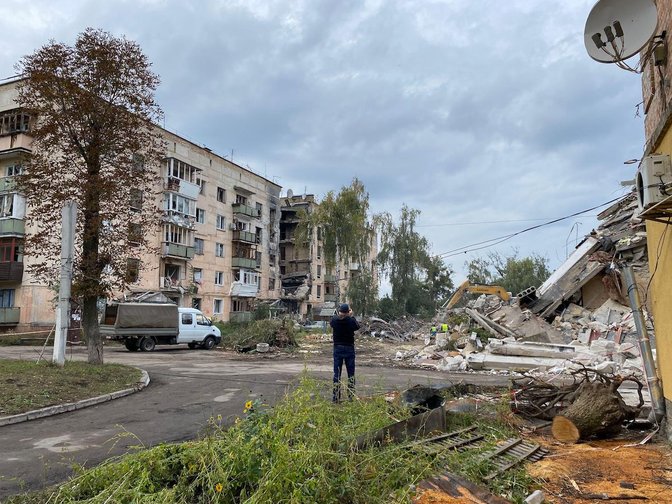The Eastern Europe and Central Asia region is middle-income, resource-rich and well-educated. Yet even before Russia launched its war against Ukraine, it had entered a state of volatility.
Since 2020, the internal politics of previously stable states – including Kazakhstan, Belarus, Armenia and Moldova – have become confrontational, while those with a history of instability, such as Kyrgyzstan, have continued down that road.
Overall, expectations of peace through reform and convergence of values in post-socialist states seldom came true. These ideas, which are today mostly history, were held by the Western policy-makers, UN institutions and the international peacebuilding community that intervened in the region over the past 30 years. They were shared, at least partially, by the people involved in the conflicts, who often looked to the internationals for fair solutions they could not reach themselves.
The Western Balkans have reasons to feel aggrieved: Europeanisation has put a lid on conflicts rather than resolving them. Their EU membership ambitions were sidelined, overtaken by Ukraine and Moldova in a wave of European solidarity since 2014, despite all the hard work they did to fulfil the EU acquis – often at a great domestic price.
Though the prospect of membership remains an appealing goal, it has been weakened as a point of leverage in domestic politics due to disappointment with a lack of progress. Today, frustration with Brussels might be the central issue that binds the Western Balkans together.
Further east, the Soviet empire continues to produce violent repercussions 30 years after its dissolution, as old disputes remain unresolved and balances of power shift.
Crucially, the belief in resolving problems through talks is waning. Across the board, protagonists in conflicts see no apparent opportunities for settlement: they pursue mutually exclusive demands, having missed their chances at better times when relations were not as bitter.


Comments
We encourage anyone to comment, please consult the oD commenting guidelines if you have any questions.